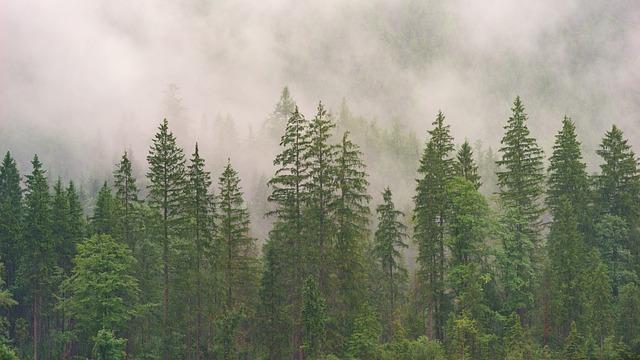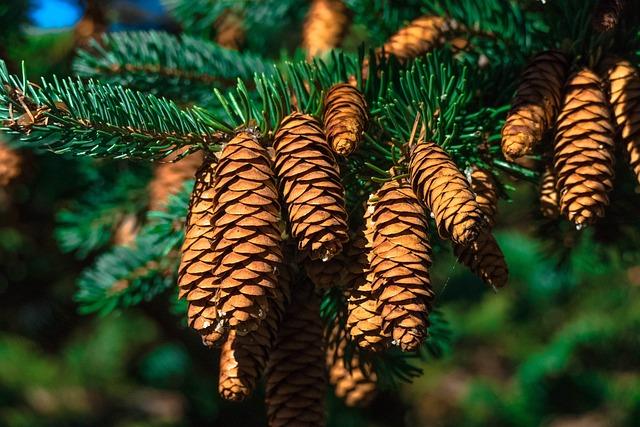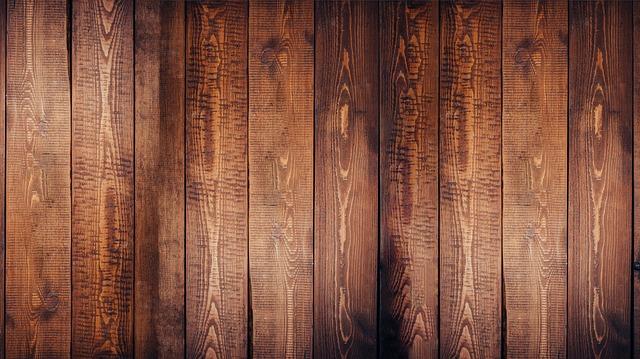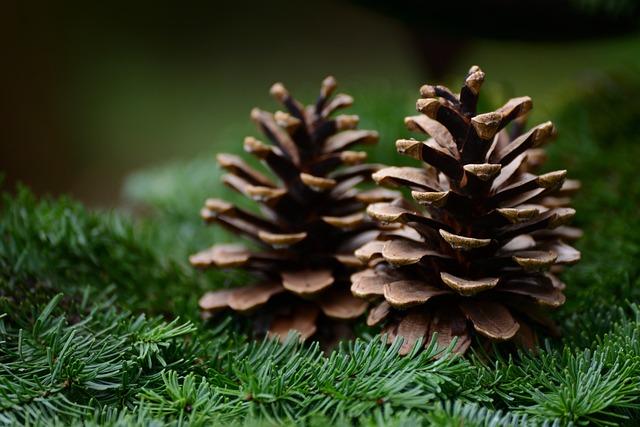- Introduction
- Types of Fir
- Characteristics of the Fir Tree
- Habitat of Fir Trees
- Uses of Fir Trees
- Conclusion
- FAQs
- References
Introduction
The Fir tree, scientifically known as the Abies genus, is one of nature's most recognizable evergreen trees. These majestic trees often grow tall and strong in cold climates, offering a host of ecological benefits and having various uses in everyday life. Throughout this article, we will explore the types of fir trees, their physical characteristics, the habitats they thrive in, and their many practical applications. Whether you're interested in forestry or simply a nature enthusiast, understanding the role of fir trees in our ecosystem can be both fascinating and informative.
Let’s dive into the unique world of fir trees and uncover these wonderful natural giants from how they look to where they live, and finally, how they benefit humans.
Types of Fir

(Image: Pixabay/@jplenio)
The Abies genus consists of around 48–55 species of fir trees that are scattered across regions in North America, Europe, Asia, and North Africa. Each species of fir carries its own unique qualities, adapted to its specific environment, but all firs share some common characteristics like upright cones and needle-like leaves.
Popular examples of fir trees include:
- Noble Fir (Abies procera): Native to the Pacific Northwest region of the United States and valued for timber and holiday decoration.
- Douglas Fir (Pseudotsuga menziesii): Though technically not a true fir, it is one of the most significant timber trees in North America.
- Balsam Fir (Abies balsamea): Known for its use in Christmas tree farming, offering a pleasant aroma with its soft needles.
Each species has distinct properties, which makes fir trees crucial in certain environments and industries.
Characteristics of the Fir Tree

(Image: Pixabay/@DukeAsh)
A hallmark of fir trees is their towering height and perfectly symmetrical shape. Unlike pine or spruce trees, firs have flat and soft needles that attach directly to the branch without stalks. When crushed, the needles usually release a characteristic resinous smell.
Cones of fir trees are vibrant, standing upright on branches rather than hanging down like other conifers. These cones disintegrate while still attached to the tree, releasing seeds crucial for propagation, unlike pine cones which typically fall intact.
Another key characteristic is the smooth bark that, as the tree ages, often becomes deeply fissured. This bark, combined with their evergreen nature, helps fir trees survive even in sub-zero temperatures.
Habitat of Fir Trees

(Image: Pixabay/@Chakkree_Chantakad)
Fir trees are predominantly found in mountainous regions of the Northern Hemisphere. They thrive in cool, moist environments and prefer high altitudes with well-drained soils. Areas with cold winters and moderate to heavy snowfall are ideal for fir trees, helping protect them from extreme drought.
Most fir trees are associated with coniferous forests and are essential contributors to boreal and temperate ecosystems. Forests dominated by firs are vital habitats for numerous bird species, mammals, and insects.
In addition, fir trees help in stabilizing mountain slopes, reducing soil erosion, and maintaining a balanced watershed. Their dense root systems play an important role in preventing landslides in high-altitude regions.
Uses of Fir Trees

(Image: Pixabay/@messomx)
Firs are known for their valuable timber, used in construction due to its versatility, strength, and resistance to decay. Noble Fir, for example, provides high-quality lumber suitable for house framing, plywood, and even specialty woodworking projects. Additionally, the wood of fir trees tends to be light, making it easier to handle during processing.
Perhaps the most popular cultural use of fir trees comes during Christmas. Fir species such as the Noble Fir and Balsam Fir are widely preferred as Christmas trees because of their aesthetics and fresh scent. Their symmetrical shape and sturdy branches are ideal for holding ornaments and lights.
Fir balsam resin has also traditionally been used in fabricating glue and lacquer, while oil extracted from fir needles is often utilized in perfumes and other aromatic applications.
Conclusion
As we’ve seen, fir (Abies genus) trees are majestic evergreens found across multiple continents. Besides adding beauty and greenery to our planet, they play a central role in multiple industries—from timber production to holiday festivities. Additionally, they provide ecological services such as supporting wildlife habitats and preventing soil erosion. Understanding these trees’ intricacies helps us appreciate both their physical beauty and practical usefulness.
FAQs
What is the difference between fir, spruce, and pine trees?
The main differences lie in their needles and cones. Fir trees have soft, flat needles that attach directly to the branch, whereas pine needles are longer and bundled in groups. Spruces have sharp, four-sided needles. Fir cones stand upright on the branches, while spruce and pine cones hang down.
Do fir trees need a lot of water to survive?
Fir trees typically do well in moist but well-drained soils. They do not necessarily need excessive water, but they perform best in environments where there are adequate rainfall and moisture retention in the soil.
Which fir trees are best for Christmas decorations?
Some of the most popular Christmas tree varieties include Balsam Fir, Fraser Fir, and Noble Fir. These species are appreciated for their fragrant needles, dense foliage, and robustness for holding holiday decorations.
Can fir trees grow in warmer climates?
Most fir species require cooler climates to thrive. They are generally unable to tolerate prolonged heat and dryness, making them unsuitable for tropical or desert environments.

